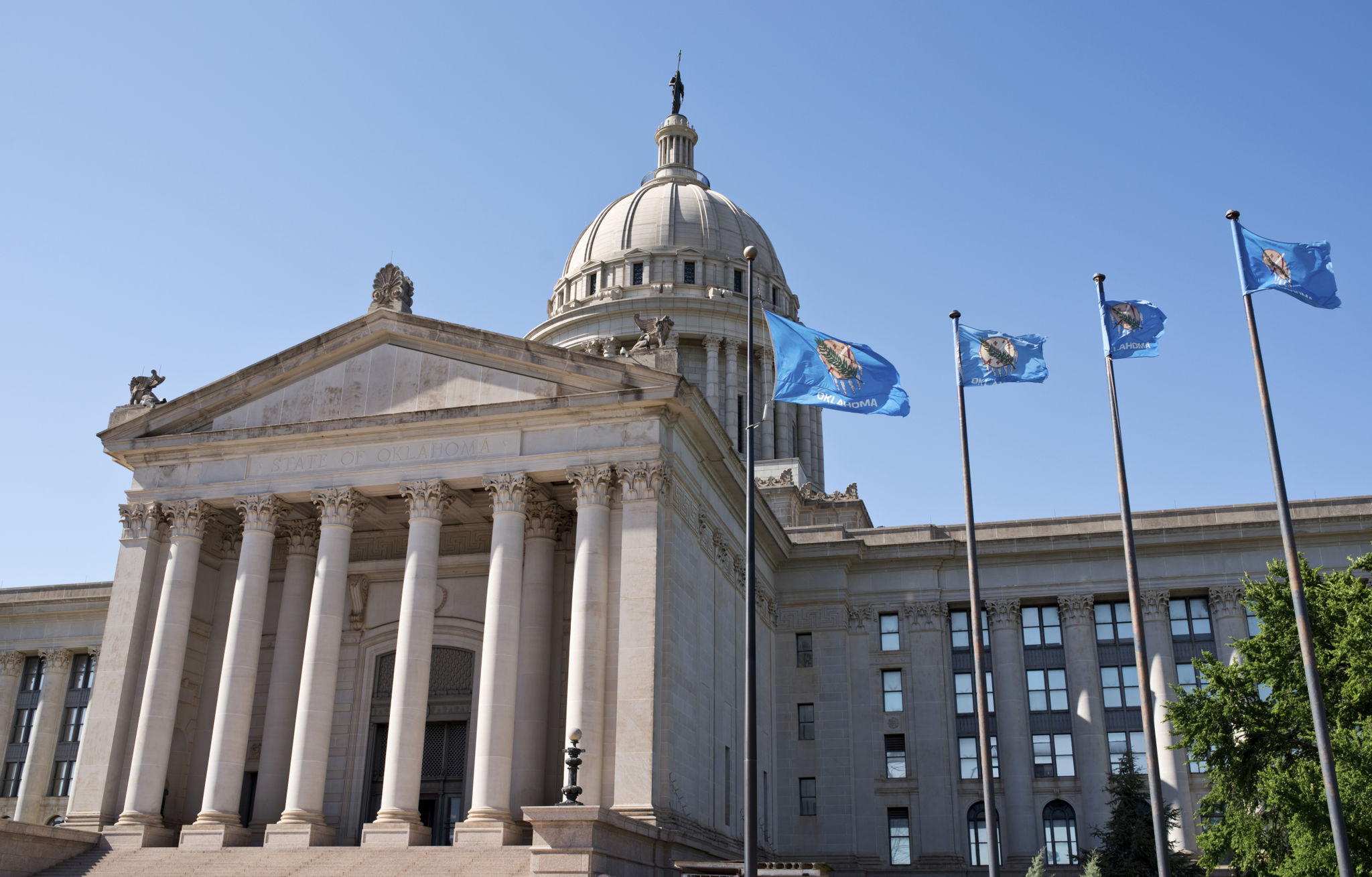Expert Insights: Interpreting Supreme Court Rulings for Tribal Affairs
Understanding Supreme Court Rulings on Tribal Affairs
The Supreme Court's decisions hold immense power in shaping the landscape of tribal affairs in the United States. These rulings often have far-reaching implications, impacting tribal sovereignty, land rights, and governance. Understanding these decisions is crucial for tribal leaders, legal professionals, and anyone interested in the intersection of federal law and indigenous rights.

The Role of the Supreme Court in Tribal Matters
The Supreme Court plays a pivotal role in interpreting treaties, statutes, and constitutional provisions that affect Native American tribes. Historically, the Court's decisions can either strengthen or diminish tribal sovereignty. A fundamental aspect of these rulings is their ability to affirm or redefine the relationship between tribes and the federal government.
For example, landmark cases such as "McGirt v. Oklahoma" have reaffirmed tribal jurisdiction over their lands, setting a precedent for future legal interpretations. Such decisions underscore the importance of understanding historical treaties and agreements that underpin current legal frameworks.
Key Aspects of Recent Rulings
Recent Supreme Court rulings have focused on several critical areas:
- Jurisdiction and Sovereignty: These rulings often delineate the boundaries of tribal authority over criminal and civil matters within their territories.
- Land Rights: Decisions can influence land ownership, resource management, and environmental stewardship on tribal lands.
- Economic Development: The Court’s interpretations can impact tribes’ abilities to engage in economic activities such as gaming and natural resource extraction.

Challenges in Interpreting Supreme Court Decisions
Interpreting Supreme Court rulings poses challenges due to the complex interplay of federal, state, and tribal laws. Legal experts must consider historical contexts, previous court decisions, and the specific language of treaties. Additionally, there is often a need for balancing state interests with tribal sovereignty, which can lead to contentious legal battles.
Another challenge is the evolving nature of legal interpretations. As societal values change, so too do readings of laws and treaties. This dynamic nature requires ongoing engagement and analysis from legal scholars and tribal advocates.
The Impact on Tribal Communities
The outcomes of Supreme Court decisions resonate deeply within tribal communities. Positive rulings can bolster tribal governance, affirm cultural practices, and enhance economic opportunities. Conversely, adverse decisions may complicate jurisdictional matters and hinder self-determination efforts.

For instance, rulings that uphold tribal sovereignty can empower communities to assert greater control over local matters, leading to improved outcomes in areas such as healthcare, education, and infrastructure development.
Moving Forward: Strategies for Advocacy
To effectively navigate the implications of Supreme Court rulings, tribes can adopt several strategies:
- Legal Preparedness: Building strong legal teams familiar with both federal and tribal laws can aid in proactive engagement with legal challenges.
- Coalitions and Partnerships: Forming alliances with other tribes and supportive organizations can amplify advocacy efforts.
- Community Education: Informing community members about their rights and legal processes fosters informed participation in governance.
By employing these strategies, tribes can better advocate for their rights and interests in a rapidly changing legal landscape.
The Future of Supreme Court Rulings on Tribal Affairs
The future remains uncertain, but what is clear is the ongoing need for vigilance and advocacy. As new cases arise, they offer opportunities to reaffirm or reshape the principles governing tribal affairs. Engaging with these developments ensures that tribal voices remain central in discussions about their rights and futures.